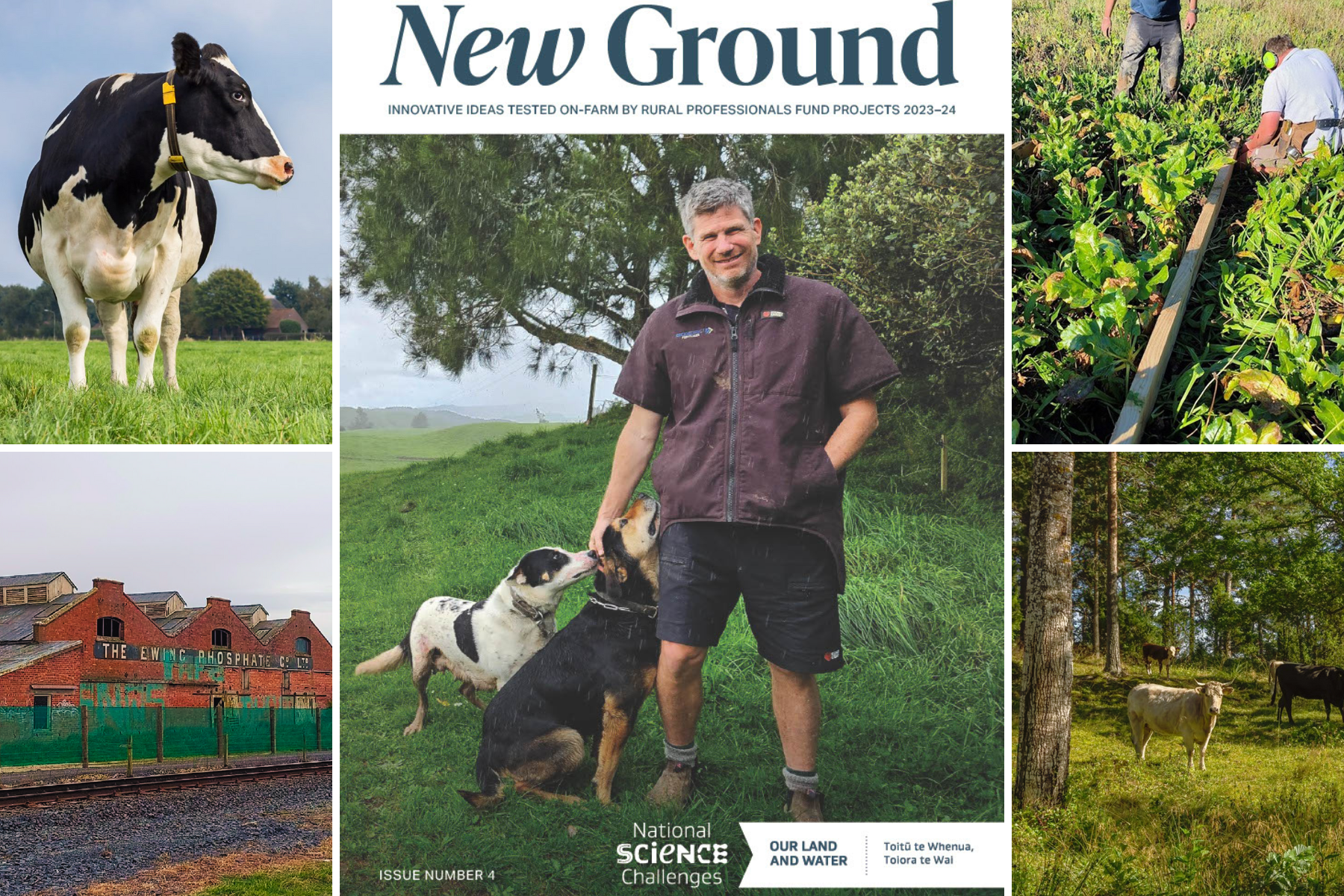Mitigation action prioritisation & resource tool for freshwater farm plans
February 2022
Freshwater farm plans will soon be compulsory for all pastoral farms larger than 20 hectares as part of the Government’s Action for Healthy Waterways reforms.
A DairyNZ-led project, working with AgResearch and the Our Land and Water National Science Challenge, has built an online geospatial resource tool that enables users to identify and prioritise mitigation actions for water quality improvement that are most relevant to their farm.
Prioritisation of actions is based on the new dairy typology framework that incorporates climate, slope, soil/drainage, and wetness. A comprehensive body of scientific knowledge underpins established mitigation actions for priority contaminants relative to their effectiveness and cost-effectiveness.
This tool also shows the nearest downstream water quality monitoring data, so users can better understand their catchment context and hence the need for collective action to address freshwater targets.
The tool developers acknowledge that no two farms are the same, and so each farm will have a tailored solution for a given question. As such the tool has been designed to be used in conjunction with expert knowledge and on-farm visit(s) to ascertain both site-specific actions and understand farmer goals.
The purpose of the tool is therefore to help users to target and prioritise the best water quality actions at the least cost, and it achieves this by considering the: effectiveness and cost-effectiveness for reducing the four main contaminants namely nitrogen, phosphorus, sediment, and e. coli; individual farm’s geophysical characteristics (climate, slope, soil/drainage, and wetness); most recent water quality monitoring information allowing users to understand their local water quality context, and provides resources for each action so users have access to current best practice guides and information.
The prototype version has been user-tested by a selection of rural professionals and dairy farmers. They generally found the tool easy to use and that they would recommend it to others. Analysis of survey data collected from the user testing groups indicated a high level of support for the tool, the approach to testing and the added value it brings to the farm environment planning process.
Next steps are to now take the tool from a working prototype and develop it into a fully functional version to support the continued uptake of mitigation actions on dairy farms to help improve water quality. On-going development of the tool functionality will align water quality mitigation actions with actions for GHG’s to support farmers to act on water and climate requirements and better understand co-benefits. The final version of the tool will be available open access on the DairyNZ website.
 View Our Strategy Document 2019 – 2024
View Our Strategy Document 2019 – 2024



